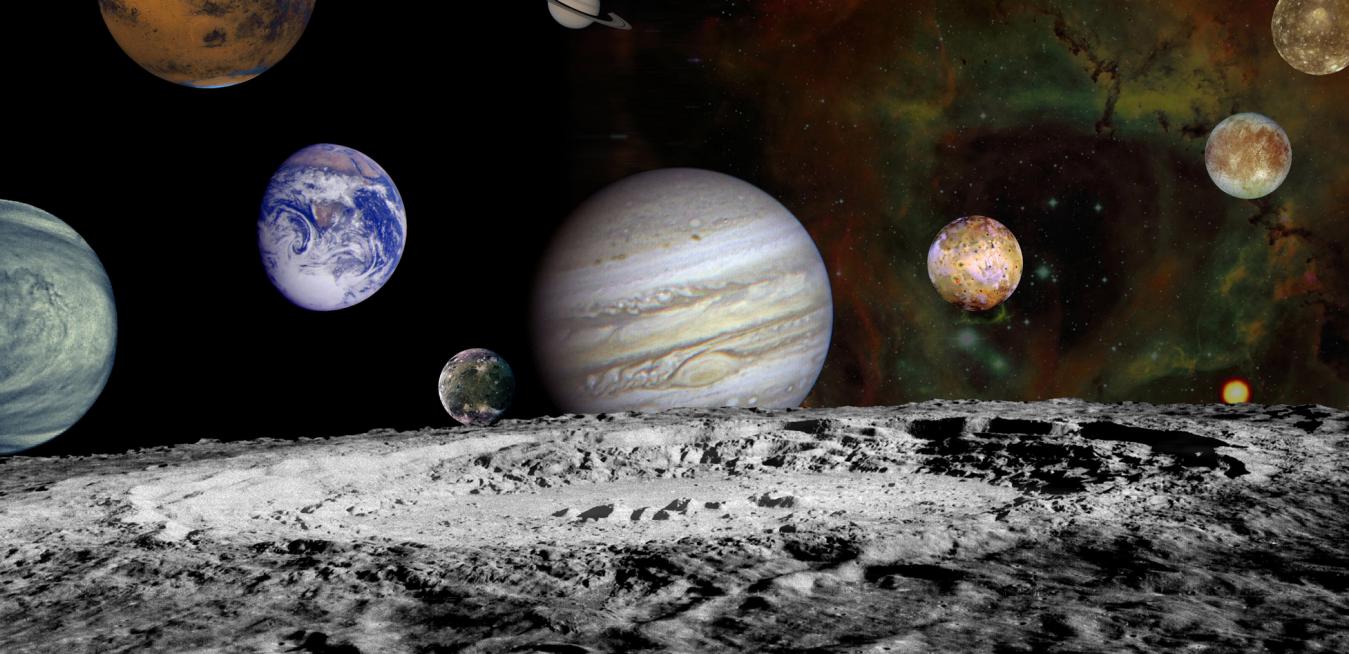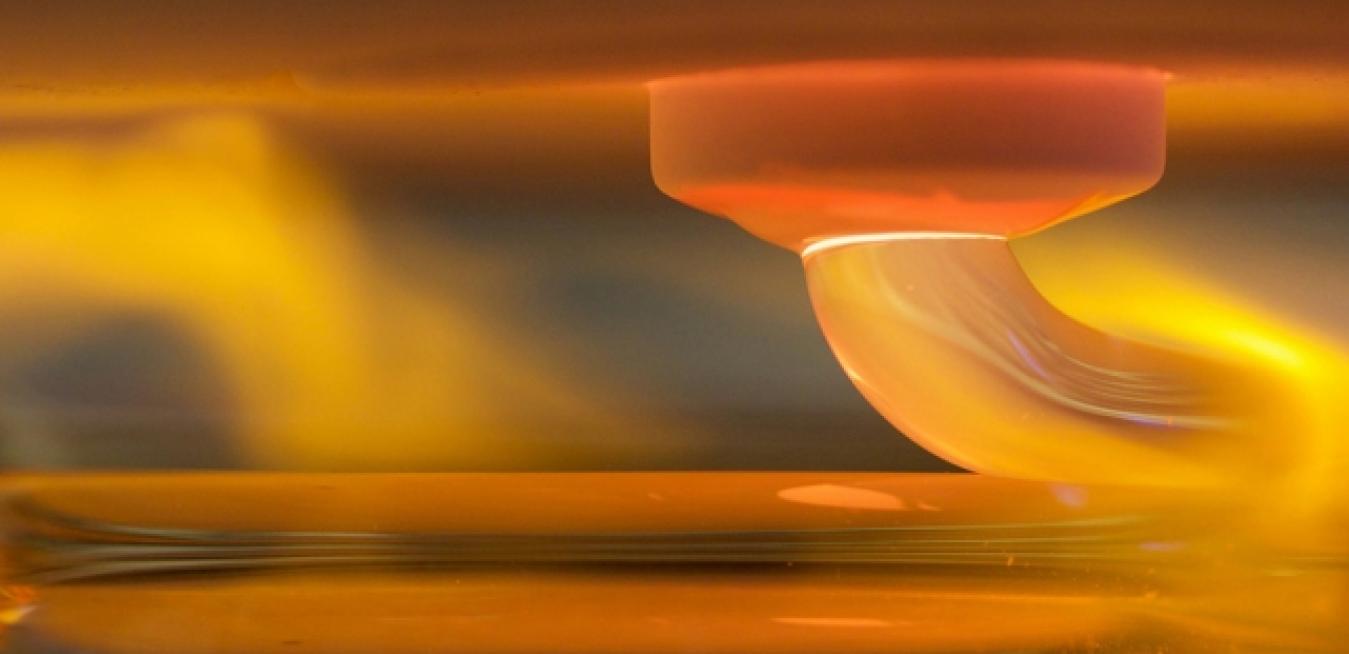- First believed SiC MOSFETs that can operate at temperatures exceeding 800 degrees C.
- New temperature tolerance threshold believed to set a record for MOSFET based electronics
- Could enable robust, reliable electronics to support space exploration and to control and monitor hypersonic vehicles in extreme high temperature operating environments
NISKAYUNA, NY – Thursday, June 1, 2023 – A team of scientists from GE Research have set a new record, demonstrating SiC MOSFETs (Metal–Oxide–Semiconductor Field-Effec
For media inquiries, please contact:
Todd AlhartDirector, Innovation Communications
GE Aerospace
+1 518 338 5880
[email protected]






